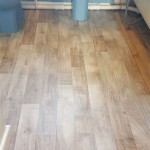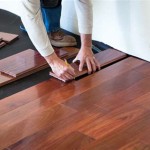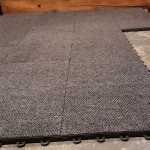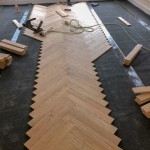Reducer Strip For Wood Flooring
Reducer strips, also known as transition strips, are narrow strips of material installed between two different types of flooring to create a smooth and even transition. They are typically used to connect areas with different flooring heights, such as between hardwood and tile, or to create a seamless transition between two different types of flooring in the same room.
Reducer strips are available in a wide variety of materials, including wood, metal, and vinyl. Wood reducer strips are a popular choice because they can be stained or painted to match the existing flooring, creating a seamless look. Metal reducer strips are durable and easy to maintain, but they may not be as aesthetically pleasing as wood reducer strips. Vinyl reducer strips are a cost-effective option that is available in a wide range of colors and styles.
When choosing a reducer strip, it is important to consider the following factors:
- The type of flooring you are connecting
- The height difference between the two types of flooring
- The desired look and feel of the transition
- The budget
Once you have selected a reducer strip, the installation process is relatively simple. First, the subfloor must be prepared by leveling and smoothing the surface. The reducer strip is then placed in position and secured with nails or screws. Finally, the reducer strip is caulked and painted or stained to match the existing flooring.
Reducer strips are a versatile and affordable way to create a smooth and even transition between two different types of flooring. They are available in a wide range of materials, colors, and styles to match any décor. With a little planning and effort, you can install a reducer strip yourself and enjoy a beautiful and functional transition between your flooring surfaces.
### Types of Reducer StripsThere are several different types of reducer strips available, each with its own unique advantages and disadvantages. Some of the most common types of reducer strips include:
- T-molding: T-molding is a type of reducer strip that is used to connect two floors that are at the same height. It has a T-shaped profile that fits over the edge of both floors, creating a smooth and seamless transition.
- End caps: End caps are used to finish the ends of flooring runs. They are available in a variety of shapes and sizes to fit different types of flooring.
- Stair nosing: Stair nosing is a type of reducer strip that is used to cover the edge of stairs. It is typically made of a durable material, such as metal or plastic, to withstand heavy foot traffic.
- Thresholds: Thresholds are used to create a transition between two different types of flooring that are at different heights. They are typically made of a durable material, such as metal or wood, and have a beveled edge that allows for a smooth transition.
When choosing a reducer strip, it is important to consider the following factors:
- The type of flooring you are connecting
- The height difference between the two types of flooring
- The desired look and feel of the transition
- The budget
Once you have considered these factors, you can choose the right reducer strip for your needs. With a little planning and effort, you can install a reducer strip yourself and enjoy a beautiful and functional transition between your flooring surfaces.
### Installing a Reducer StripThe installation process for a reducer strip is relatively simple. First, the subfloor must be prepared by leveling and smoothing the surface. The reducer strip is then placed in position and secured with nails or screws. Finally, the reducer strip is caulked and painted or stained to match the existing flooring.
Here are some tips for installing a reducer strip:
- Make sure the subfloor is level and smooth before installing the reducer strip.
- Position the reducer strip carefully before securing it with nails or screws.
- Caulk the reducer strip to prevent moisture from seeping in.
- Paint or stain the reducer strip to match the existing flooring.
With a little care and attention to detail, you can install a reducer strip yourself and enjoy a beautiful and functional transition between your flooring surfaces.

How To Make Your Own Wood Floor Transition Strips

Reducer 5 16 Nominal 3 8 Flush Fit For Hardwood Product And Installation Information Floor Expert

Floor Reducer Lordparquet A Professional Wood Flooring Supplier

Roppe Bota 0 38 In Thick X 2 Width 78 Length Wood Multi Purpose Reducer Hth1657 The Home

Building A Custom Floor Transition Threshold Kraftmade Youtube

Flooring Transition Strips Moldings Trims Onflooring

Flooring Transition Strips Moldings Trims Onflooring

How Can I Create An Invisible Transition Between Different Flooring Types

Pin Page

Floor Transition Strips City








